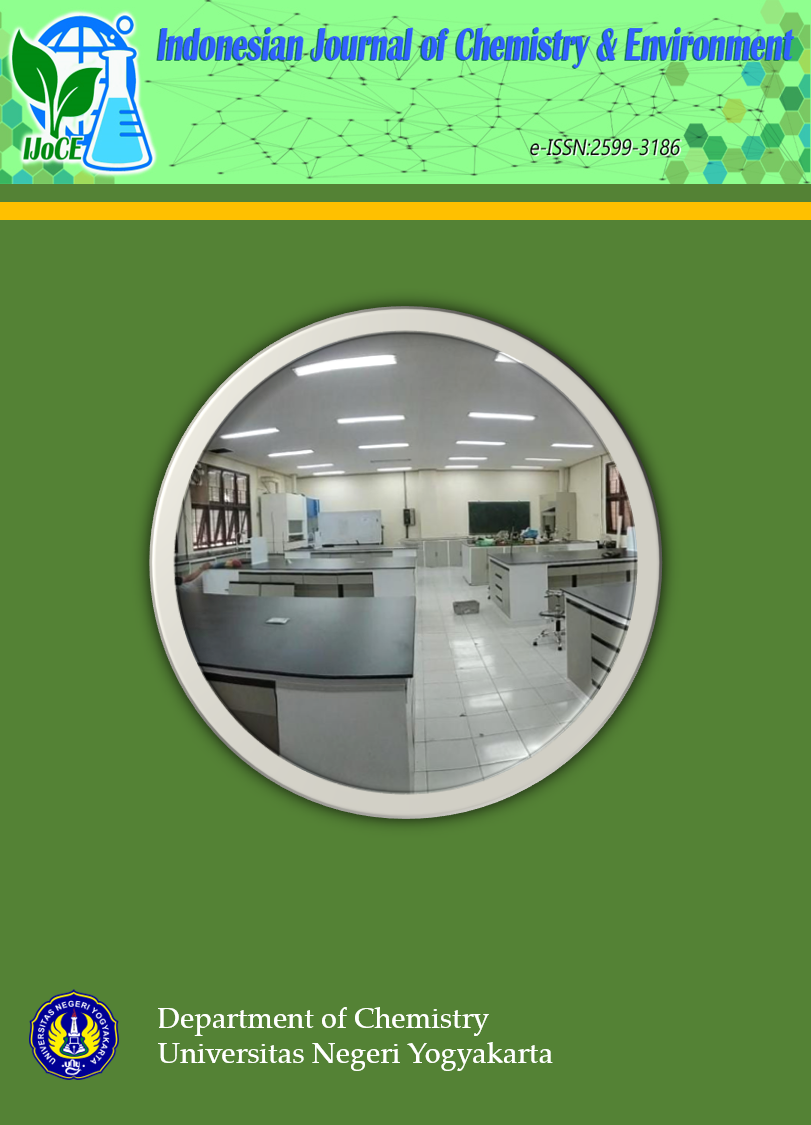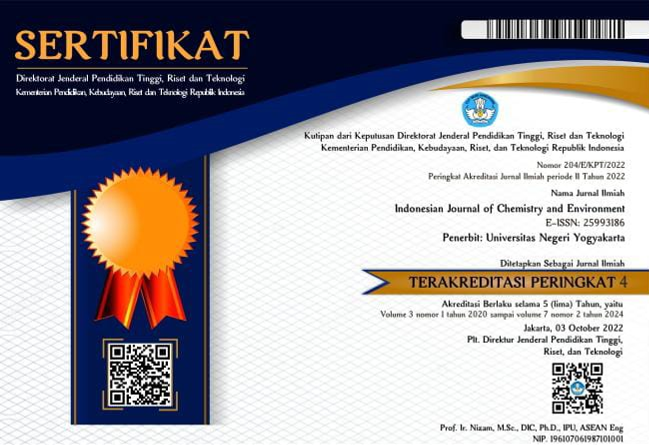Analysis of the Quality and Quantity of Ngade Lake as a Source of Clean Water in Ternate City
DOI:
https://doi.org/10.21831/ijoce.v6i2.66494Abstract
The Ngade Lake is one of the lakes on the island of Ternate. People use the lake as a tourist destination and fishing activity. This affects the lagoon's water quality, so measuring the water pollution parameters is necessary. This is because the lake can be used as a source of clean water. After all, the city of Ternate is currently experiencing limited water resources. The research was conducted to determine the availability of Ngade Lake as a source of clean water in terms of quality and quantity. The research method used in this study is experimental descriptive by conducting experiments and tests on the quality of Ngade Lake water and determining the amount of lake water through calculation from the measurement data. The water quality tests are carried out directly in Ngade Lake and the Laboratory physically and chemically. Physically includes taste, odor, temperatures, and temperatures. Chemical tests are conducted through COD, DO, pH, TDS, Density (CaCO3), metals (copper, iron, manganese), and other minerals. The results show that the quality testing of lake water meets the quality standards according to Permenkes No. 32 of the Year 2017, where the water in the middle of the lake has better water quality than the water on the lake's edge. The amount of water in Ngade Lake is measured at 3.394.744.000 litres. PDAM currently uses a pump with a discharge of 5 litres/second while the discharges of the water that is the reserve of water resources for Ngade Lake of 45 litres/second, so the water of the Lake of Ngade deserves to be used as a clean water source in terms of quality and quantity.
Keywords: Quantity, Quality, Water, Lake, Analysis
Downloads
Published
How to Cite
Issue
Section
Citation Check
License
Authors who publish with this journal agree to the following terms:
- Authors retain copyright under a Creative Commons Attribution–ShareAlike License (CC BY SA) that allows others to share: copy, and redistribute the material in any medium or format, Adapt: remix, transform, and build upon the material, for any purpose, even commercially.
- Authors are able to enter into separate, additional contractual arrangements for the non-exclusive distribution of the journal's published version of the work (e.g., post it to an institutional repository or publish it in a book), with an acknowledgement of its initial publication in this journal.
- Authors are permitted and encouraged to post their work online (e.g., in institutional repositories or on their website) prior to and during the submission process, as it can lead to productive exchanges, as well as earlier and greater citation of published work.










